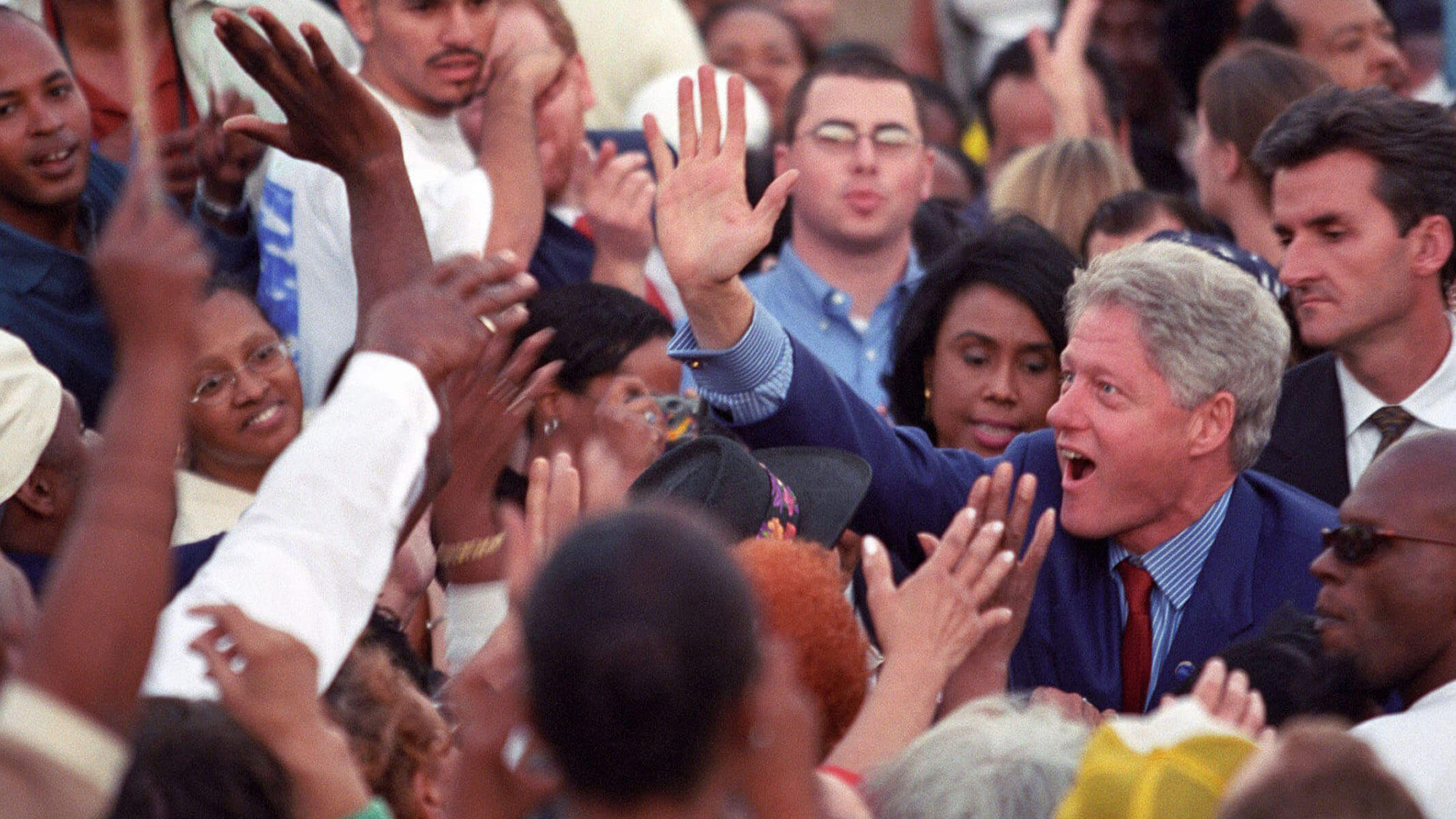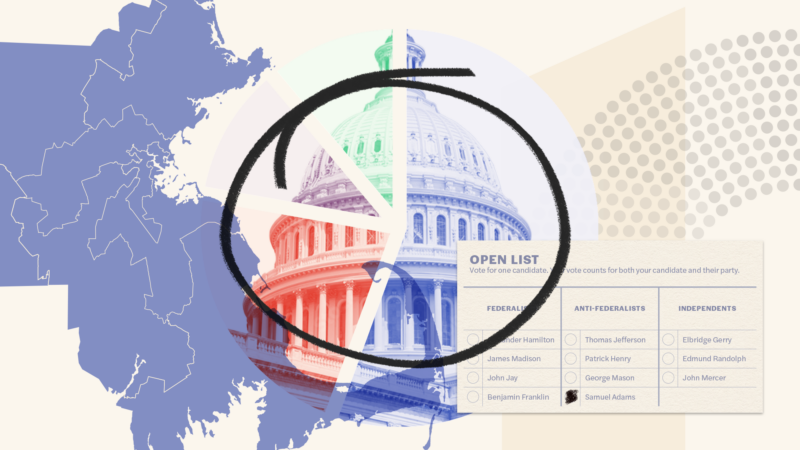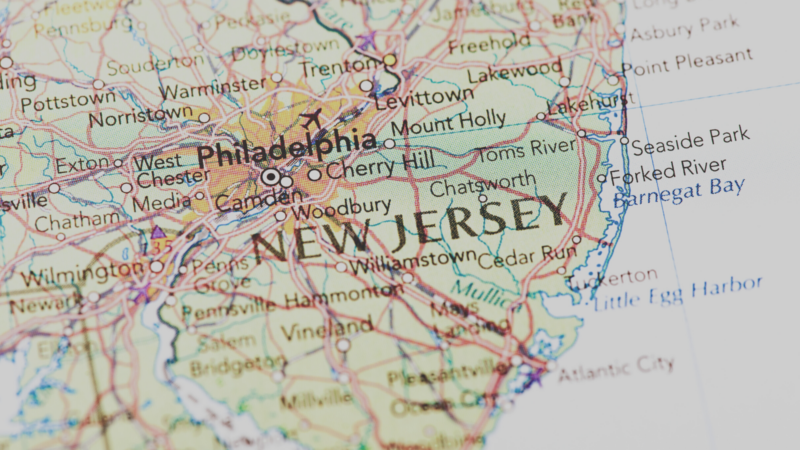The functions of political parties: Introduction
- October 6, 2023
From More than Red and Blue: Political Parties and American Democracy

Why parties?
Political parties don’t get much respect. President George Washington warned against them in his farewell address. The two parties that have dominated American politics since 1860 are little trusted. “Partisan” is an epithet.
Yet parties play a vital role in our democracy.
They bind disparate groups together in our extremely large and diverse country, helping organize Americans into one people despite their differences. In contrast to countries where compromise is negotiated primarily at very elite levels of government, our leading parties tend to bring together a hodgepodge of groups, if only to capture a majority. Though our parties often seem increasingly narrow today, this “big tent” approach has usually served parties and the country very well — making politics a game of addition and coalitions. Parties work to mobilize voters and resources during campaigns. Once in office, they coordinate, albeit often querulously, to advance favored policies, knowing that voters will evaluate them collectively for their performance. Ideally, this need to advance collective goals, if only due to individual desire to advance their personal goals or gain higher office, constrains individual politicians from acting completely as free agents or against democratic norms or rules.
By providing candidates with a label, parties can serve as a valuable cue and shortcut for voters. Much like people associate brands with a specific type of product, voters link parties to policy menus and develop positive or negative feelings towards them. In a country where voters cast ballots for myriad offices — not just state and federal executives and legislators but a panoply of local officials — party labels are not just a convenience that makes voting easier but a virtual necessity to sort out candidates on lengthy ballots. Besides providing valuable cues to voters, parties also help organize political ideas more coherently and ideologically in a way that most voters lack the time or interest to do.1Converse, Philip E. 1964. “The Nature of Belief Systems in Mass Publics (1964).” Critical Review 18 (1-3): 1-74.
Though Americans tend to think of voters as choosing parties based on policy, the long-term psychological ties between voters and parties also allow parties to influence voters. Effectively, voters often act like supporters of a team, inclined to approve of their team’s actions and to disapprove of competitors.2Cohen, Geoffrey L. 2003. “Party Over Policy: The Dominating Impact of Group Influence on Political Beliefs.”Journal of Personality and Social Psychology 85 (5): 808-22. While this can lead to normatively bad outcomes through a reduction in intraparty accountability, it can also, in the best case, help to guide the electorate toward normatively positive goals such as policy moderation.3Slothuus, Rune, and Martin Bisgaard. 2021. “Party over Pocketbook? How Party Cues Influence Opinion When Citizens Have a Stake in Policy.” American Political Science Review 115 (3): 1090-96.
Parties can also facilitate interparty accountability. Even for voters with little sense of policy or interest in politics or parties, party labels aid voters who want to punish the “ins” and reward the “outs” based on retrospective evaluations of the state of affairs.4Fiorina, Morris P. 1981. Retrospective Voting in American National Elections. New Haven: Yale University Press. As V.O. Key identified in his analysis of the then-one-party South, accountability is more difficult in places without parties or governed by a single party.5Caughy, Devin. 2018. The Unsolid South: Mass Politics and National Representation in a One-Party Enclave. Princeton, NJ: Princeton University Press; Key, V.O. 1949. Southern Politics in State and Nation. New York: Alfred A. Knopf. It is far harder for voters to determine who to reward and who to punish. One-party rule facilitates elected officials changing their positions once in office because there is no linkage between a label or a party apparatus and a set of policies.
While party polarization is currently associated with immobility and gridlock in the United States, party linkages can also facilitate governance among officials linked together by a party label and at least a semblance of a party program. Even under divided government, having competing power centers can at least identify groups and leaders whose buy-in will be needed to achieve compromise to pass legislation.
The solution to today’s political problems is not to eliminate parties altogether. Instead, we hope to gather enough current knowledge in one place so that those working to improve American politics are all starting on the same page. This report is intended to help others know what political scientists know and move forward without repeating mistakes or chasing wild geese. Sometimes, the conventional wisdom is right but other times it encourages the adoption of reforms that only make matters worse. American democracy needs informed and rapid action from those who are working to defend it.
Why now?Why now?
In 1950, the APSA Committee on Political Parties released a report titled, “Toward a More Responsible Two-Party System.” The report argued that “popular government in a nation of more than 150 million people requires political parties which provide the electorate with a proper range of choice between the alternatives of action.”6APSA Committee on Political Parties. 1950. Towards a More Responsible Two-Party System. American Political Science Association. Its authors contended that the two major parties were not sufficiently differentiated to provide voters with meaningful choices.
Today, American politics is in a very different place. Most of the common wisdom tells us that the contemporary Democratic and Republican parties are so polarized and incompatible that their differences prevent legislative action, fuel zero-sum thinking, and even provoke violence. If anything, the range of choice provided by today’s parties is too wide.
One consequence is that American democracy is at higher risk. Partisans increasingly view their opponents as an existential threat to the American way of life and accordingly feel far more hostile to opposing partisans than previously. Though any political party is vulnerable to the same weaknesses, refusals to accept and efforts to overturn democratic outcomes are centered among Republicans. Nevertheless, while violence is most heavily associated with the January 6, 2021 attack on the U.S. Capitol, support for violence to achieve political ends is by no means exclusive to Republicans and is on the rise in both parties.7Safarpour, Alauna C., James Druckman, David Lazer, Kristin Lunz Trujillo, Anjuli Shere, Matthew A. Baum, Katherine Ognyanova, Roy H. Perlis, Mauricio Santillana, Ata Uslu, Alexi Quintana, Jon Green, Hong Qu, Caroline Pippert and Jennifer Lin. 2022. “Report #80: Americans’ Views on Violence Against the Government.” The COVID States Project. https://www.covidstates.org/reports/americans-views-on-violence-against-the-government. Accessed 29 March 2023. A “responsible” two-party system today should include equal commitments to democracy from all parties. The American separation of powers, moreover, requires a willingness to compromise to function well since a single party often lacks effective control. This report is meant to help strengthen American democracy at a time when it is under unusually high levels of stress by addressing the partisan roots of democratic threats.
Here, along with Protect Democracy, we have gathered some of the most insightful scholars of political parties, partisanship, and democracy to write a new report. Importantly, we do not intend to repeat the mistakes of the 1950 report — widely criticized for, among other things, “normative slovenliness and empirical inaccuracy.”8Kirkpatrick, Evron M. 1971. “‘Toward A More Responsible Two-Party System’: Political Science, Policy Science, or Pseudo-Science?” The American Political Science Review 65 (4): 965-90. doi.org/10.2307/1953493. Some have even blamed the prior report for contributing to some of the very problems, particularly polarization, that we now find our democracy facing. We take a broader and less normatively prescriptive approach. Instead, we hope to offer a picture of the knowledge that currently exists regarding political parties, partisanship, and risks to democracy as a resource for those who are working toward a resolution of our modern American political dysfunction. Beyond having a strong pro-democracy bias, our goal as scholars is to present a balanced view of the literature and not to enter public policy debates, even as we acknowledge that the threats posed to the health of our democracy by the two major parties are not, as noted above, symmetrical. As much as we acknowledge the democratic and societal disruption that American parties currently inspire, we also understand that political parties in American politics are not only inevitable, but under the right circumstances they can be beneficial.
Plan of the ReportPlan of the Report
The remainder of the report lays out the perils and possibilities of American political parties and some considerations for change. Susan Scarrow’s chapter starts us off with a look into the common lack of trust in political parties. She explains how a lack of trust in parties can, in fact, indicate a healthy skepticism among voters — and mirrors an institutionalized wariness of party power that is often conceptualized as “militant democracy.”
The following five chapters describe the current state of political parties in the United States. Zoltan Hajnal’s chapter describes the increasingly racialized difference between the Democratic and Republican parties. Christina Wolbrecht then explains the permeability of parties to new factions, and the potential threats to democracy that come with weakened institutional parties. Katherine Tate describes the recent increase in the influence and visibility of female and minority politicians in the Democratic Party — leading to an intensified focus in the Republican Party on divisive social issues rather than other political matters, ultimately generating undemocratic policies that seek to weaponize the power of the state for partisan outcomes. Seth Masket and Hans Noel clarify common misunderstandings around partisan primaries and explain the challenges that primaries present to party leadership and its ability to pursue the goals of America democracy. Jake Grumbach finishes this section of the report by explaining the risks to democracy posed by the U.S. federal system — allowing state governments to undermine democratic institutions.
The final section of the report looks for sources of positive change in political parties. Lilliana Mason explores the options for reducing partisan animosity drawn from intergroup conflict research and discusses the possibility for positive change driven by a rift in the Republican Party. Keneshia Grant and Marcus Board, Jr. describe the power of social movements to influence party politics. Rachel Beatty Riedl explains how the parties are weakly institutionalized, which damages their ability to constrain anti-democratic factions. She describes mobilization challenges that face parties that find themselves in opposition to authoritarian incumbents and suggests options for strategies. David Lublin and Benjamin Reilly offer electoral system reform opportunities to realign party incentives away from ideological extremes. Jack Santucci, Matthew Shugart and Michael Latner describe an alternative set of electoral reforms aimed at fully representing racial, ethnic, and linguistic minority groups in the U.S. Finally, Seth Masket and Hans Noel explain that reforms seeking to incentivize responsible party behavior will need to engage parties and harness them for good, understanding that the current constellation of political institutions in the United States often undermines parties.
We hope that this report can be a resource for any groups or individuals currently working to mend the cracks in American democracy and buttress it against further damage.
The analysis, views, and conclusions contained herein reflect those of the author(s) and do not reflect the views of the American Political Science Association or Protect Democracy.
Related Content
Join Us.
Building a stronger, more resilient democracy is possible, but we can’t do it alone. Become part of the fight today.
Donate
Sign Up for Updates Sign Up for Updates
Explore Careers Explore Careers
How to Protect Democracy How to Protect Democracy



